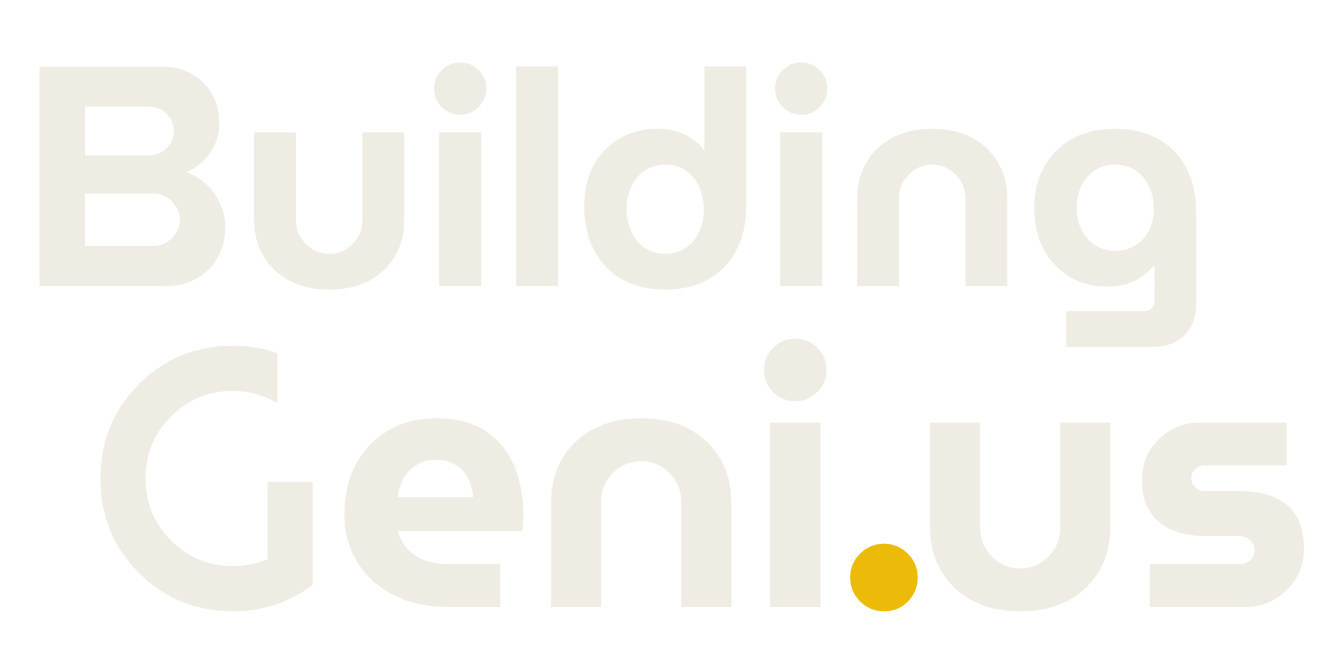Advanced framing (Optimal Value Engineering) is a collection of design and building methods that reduces lumber use, minimizes wood waste, and maximizes a structure’s energy efficiency. For every piece of unneeded lumber eliminated, a builder saves four times: once by not purchasing, once by not moving around, once by not installing, and once by not paying for waste cuts to be hauled away. And eliminating unnecessary wood allows more space for insulation—making buildings more energy efficient and saving money in the long run. View or download a free 7-page guide for architects, engineers and builders below. The guide provides a systematic approach for applying Advanced Framing measures to light-frame wood buildings. It also discusses how to set overall energy performance goals for a project, calculate framing factors, and estimate average assembly R-values.
Advanced framing comprises various techniques that are allowed by building codes. It better integrates the design, engineering, and construction trades. Given that advanced framing saves resources and energy, it’s a common-sense approach to construction and is simply superior to standard building methods. Sounds like a no-brainer, so why isn’t it used all the time? Sadly, advanced framing can be challenging to implement because of added design and coordination requirements. For projects that want to take advanced framing "all the way", the project manager needs to:
- assemble a team that is dedicated to a collaborative approach and ready to spend the extra time and effort required to come up to speed with new processes, techniques, and materials
- schedule design and pre-construction meetings to encourage collaboration, provide the opportunity for every party to have their concerns addressed, and discover potential downstream issues
- ensure drawings are properly detailed and reviewed by all affected parties
- show locations and details for ducts, plumbing, vents, and wiring on the drawings
- show every framing and blocking member on both plans and elevations (this speeds construction and improves the accuracy of lumber take-offs)
For practices that require engineering of members or systems, providing adequate calculations and documentation will help gain building officials’ support and approval of any unfamiliar practices. While most effective when implemented holistically, odds are a builder won’t want to experiment with many new techniques all at once. Luckily, advanced framing need not be “all or nothing”—many techniques can be adopted independently. Just a few examples include:
- designing compact, simple shapes
- spacing studs at 24 inches instead of 16 inches where appropriate
- specifying “raised heel” trusses to provide better insulation
- sizing headers for load, and eliminating headers on non-load bearing walls
Advanced framing is simply a smart, common sense way to design and build wood-framed buildings. Whatever your role on a project, you have the power to help overcome inertia and people’s tendencies to do things the way they’ve been accustomed to doing them. So go forth and frame—efficiently!





























